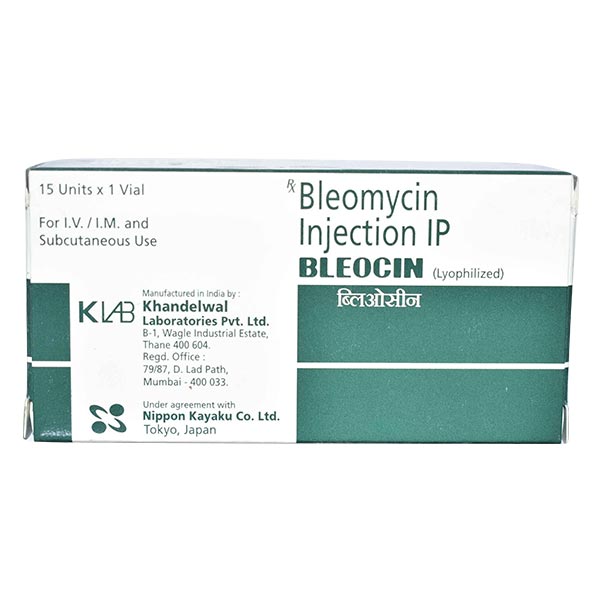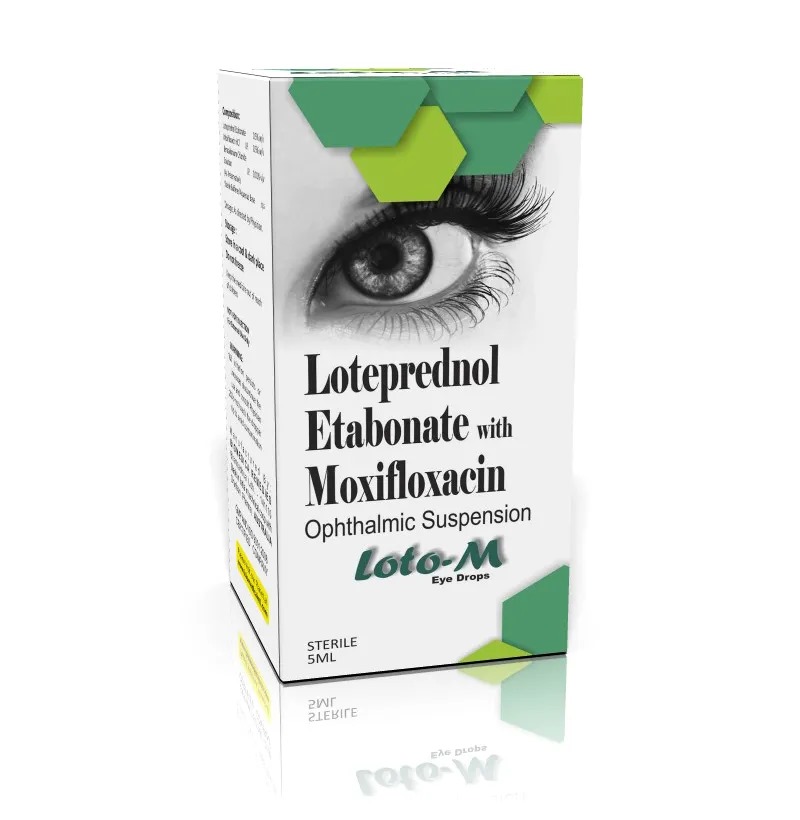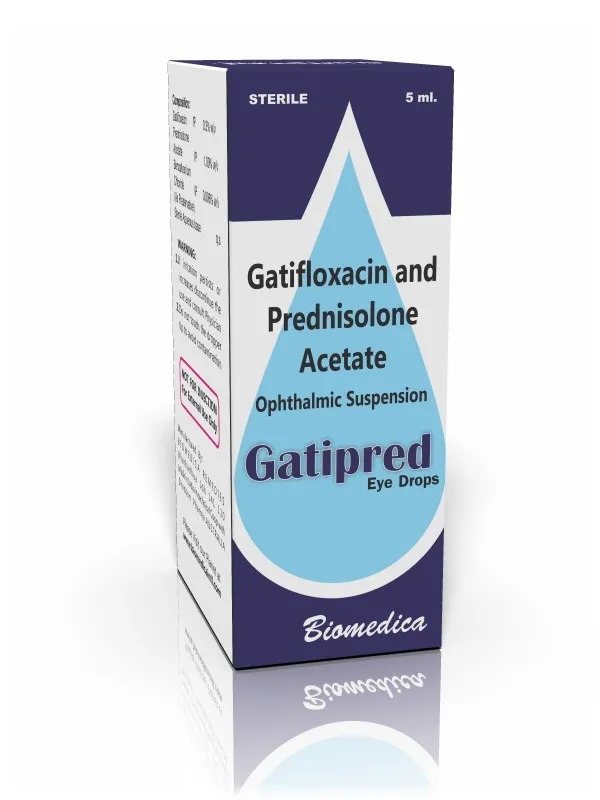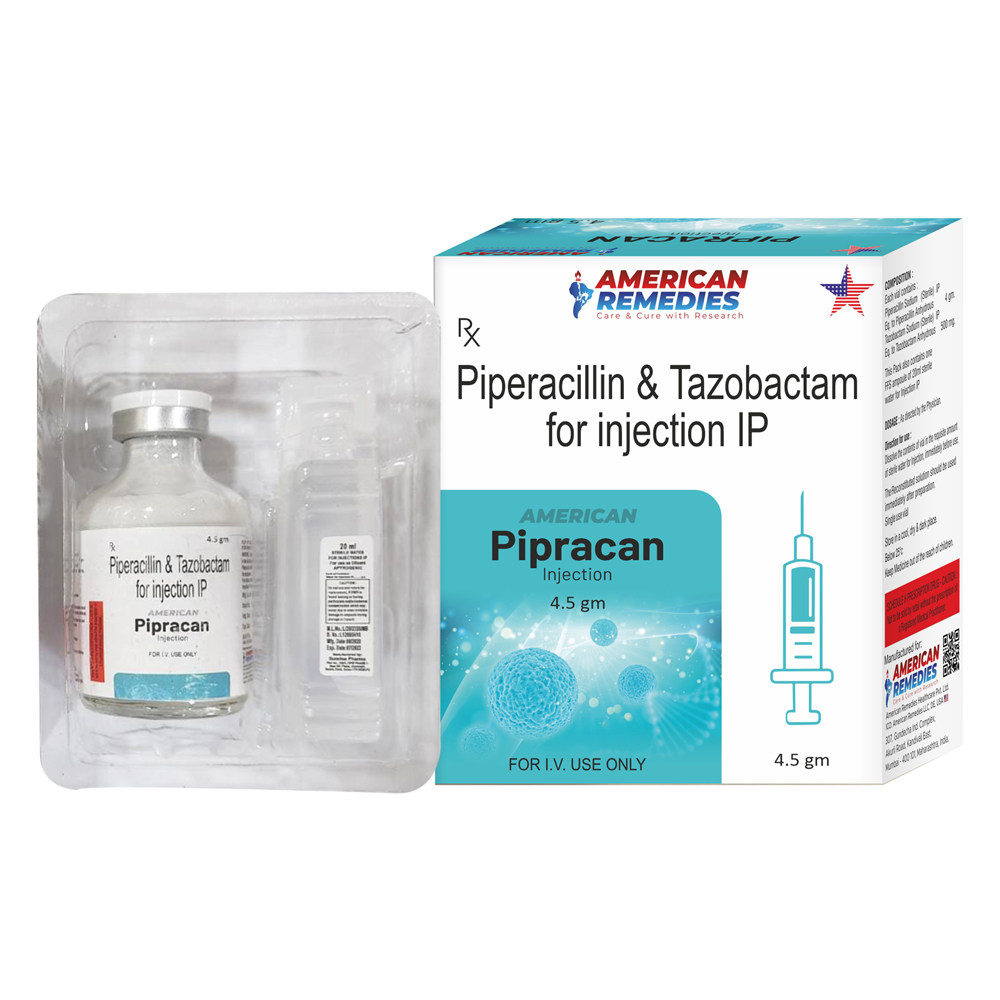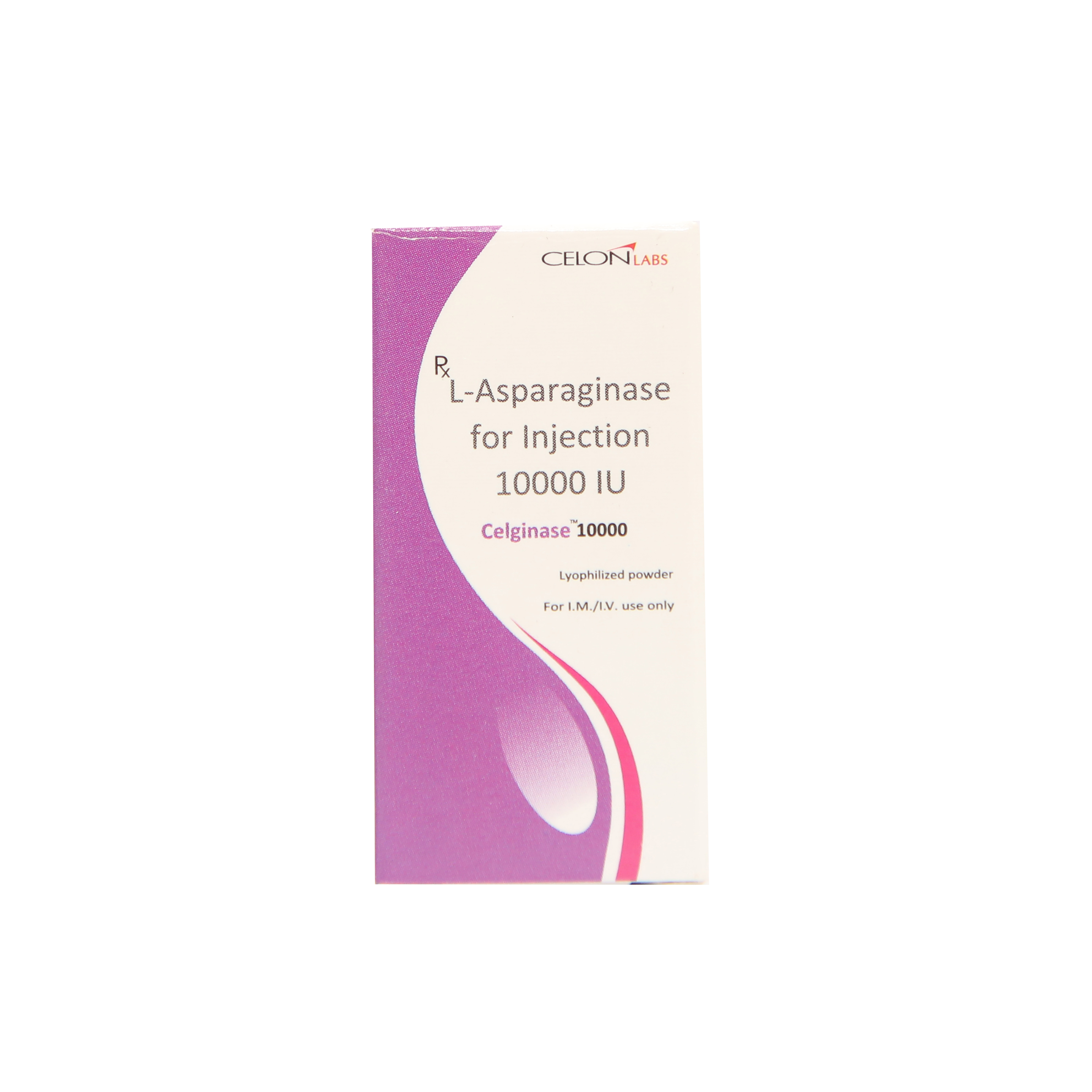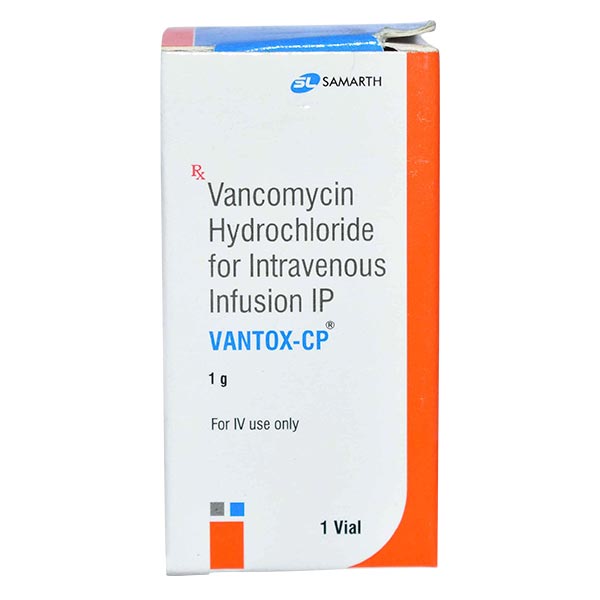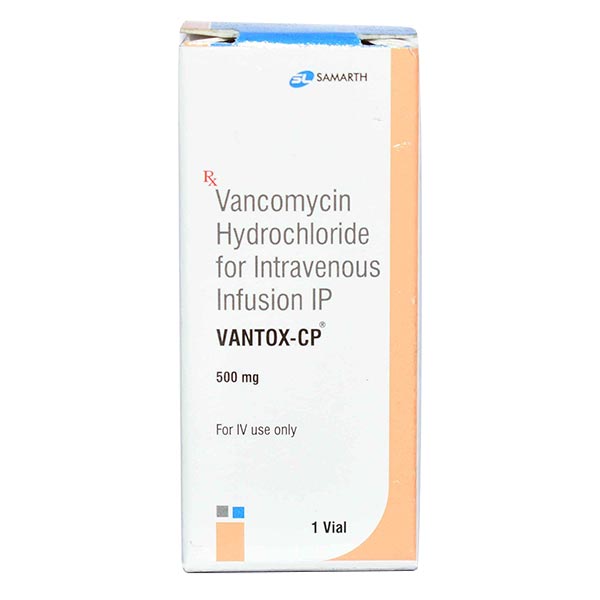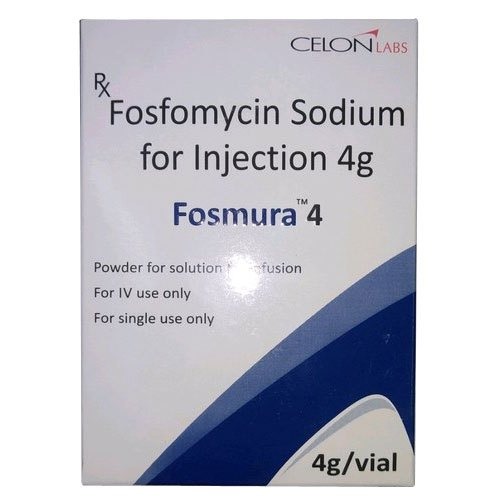Bleocel 15mg Injection consists of the active ingredient Bleomycin. It belongs to a group of drugs known as antineoplastic antibiotics. It is commonly used in cancer treatment to slow or stop the growth of cancer cells. It is used to treat lymph node cancers (Hodgkin’s and non-Hodgkin’s lymphoma), head and neck cancer, and cancer in external genitalia. It either be used alone or with radio therapy and chemotherapy treatment. This injection is also beneficial to prevent and treat the fluid accumulation in the lungs that occurs due to cancer. It works by interfering with the production of DNA and RNA in cancer cells. It can cause breaks in the DNA strands and prevent cancer cells from dividing and growing. Bleocel 15mg injection can have side effects, including lung problems, skin reactions, fever, and nausea. In some cases it can also affect kidneys, liver, and heart. Patients receiving it, need to be closely monitored for these side effects. It is typically administered through injection or infusion, either alone or in combination with other chemotherapy drugs. The dosage and frequency of treatment depend on several factors, including the type and stage of cancer, the patient's age and overall health, and the specific treatment plan developed by the oncologist.
Send Message